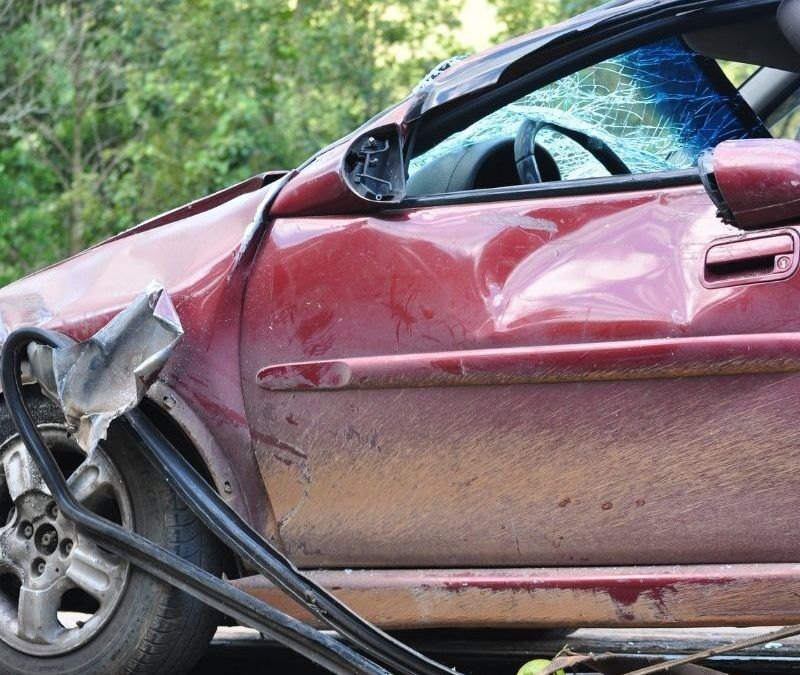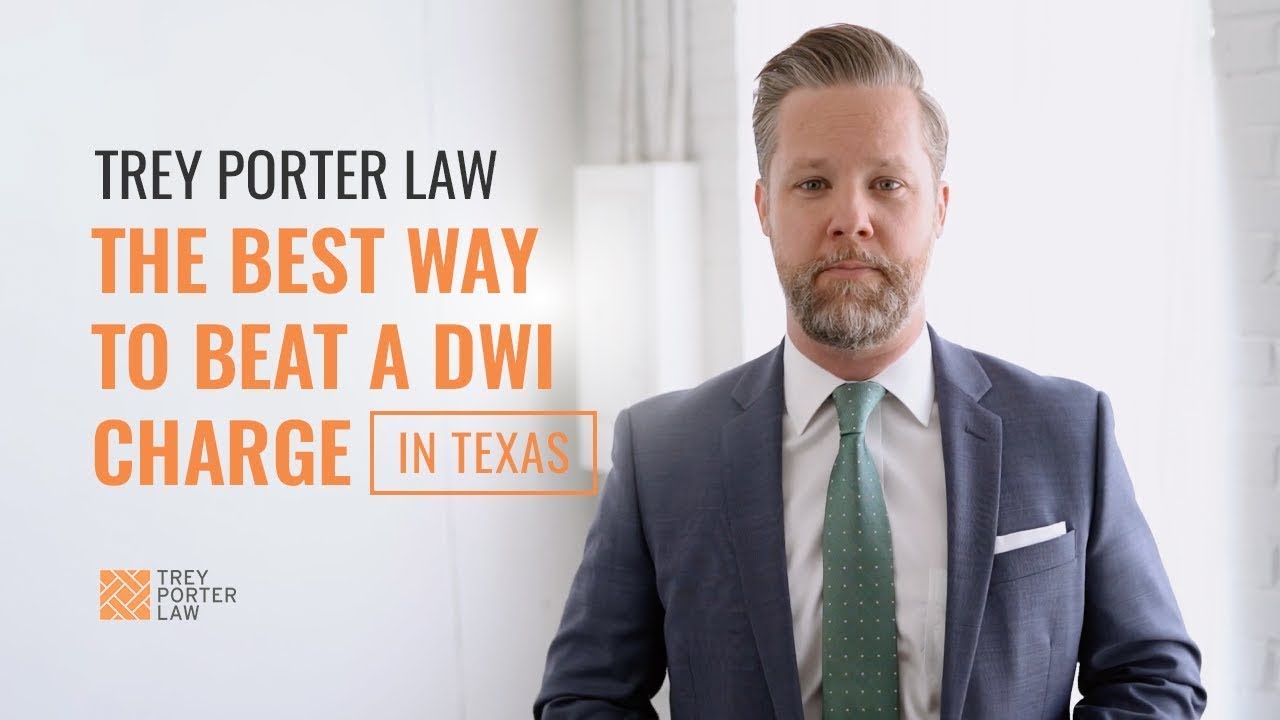Car Insurance and Deer Accidents
Car accidents involving deer are a common occurrence, especially during certain times of the year. If you’re unfortunate enough to find yourself in a deer accident, it’s crucial to know how your car insurance coverage works. Most policies provide some level of protection for deer-related damages, but the extent of coverage can vary depending on your policy. Read on to learn more about car insurance and deer accidents.
Understanding Coverage
The majority of car insurance policies include comprehensive coverage, which covers damages caused by events outside of your control, such as hitting a deer. Comprehensive coverage typically has a deductible, which is the amount you pay out of pocket before your insurance kicks in. The deductible amount can vary, so it’s important to check your policy to see what yours is. Once you meet the deductible, your insurance will cover the remaining cost of repairs, up to the policy limits.
It’s important to note that some insurance policies may have limitations on deer-related coverage. For example, some policies may only cover deer accidents that occur during certain times of the year, such as during deer mating season. Additionally, some policies may have a limit on the amount they will pay for deer-related damages. It’s important to read your policy carefully to understand what coverage is available to you.
If you’re concerned about the coverage you have for deer accidents, you can always talk to your insurance agent. They can help you review your policy and make sure you have the right amount of coverage for your needs.
Filing a Claim
If you’re involved in a deer accident, it’s important to file a claim with your insurance company as soon as possible. The sooner you file a claim, the sooner your insurance company can start processing it and getting your car repaired. Here are the steps you should take after a deer accident:
- Pull over to a safe location.
- Call the police to report the accident.
- Take photos of the damage to your car.
- Get the contact information of any witnesses.
- File a claim with your insurance company.
When you file a claim, be sure to provide your insurance company with as much information as possible about the accident. This will help them process your claim quickly and efficiently. remember to be patient as your claim is processed. It may take some time for your insurance company to investigate the accident and determine how much you’re entitled to.
Conclusion
Deer accidents can be a nuisance, but they don’t have to be a financial burden. If you have car insurance, you’re likely covered for deer-related damages. By understanding your coverage and following the steps outlined in this article, you can make the claims process as smooth as possible and get your car repaired quickly.
Car Insurance and Deer Accidents: Avoid the Financial Impact of These Costly Collisions
Deer accidents are a common occurrence, especially during certain times of the year. If you’re unlucky enough to have a deer run into your vehicle, you could be left with a hefty repair bill. That’s why it’s important to have car insurance that covers deer accidents. But what kind of coverage do you need?
Common Coverage Options
There are two main types of car insurance coverage that can protect you against deer accident costs: collision coverage and comprehensive coverage. Collision coverage pays for damage to your vehicle caused by a collision with another vehicle or object, including deer. Comprehensive coverage pays for damage to your vehicle caused by non-collision events, such as theft, vandalism, or damage caused by animals like deer.
If you have both collision and comprehensive coverage, you’ll be covered for any damage to your vehicle caused by a deer accident. However, if you only have collision coverage, you’ll only be covered for the damage caused by the collision itself. Any damage caused by the deer, such as broken glass or a dented bumper, would not be covered.
How Much Coverage Do You Need?
The amount of coverage you need will depend on a number of factors, such as the value of your vehicle, your deductible, and your budget. If you have a newer vehicle, you’ll want to make sure you have enough coverage to replace it in the event of a total loss. If you have an older vehicle, you may be able to get away with less coverage. Ultimately, the decision of how much coverage to purchase is up to you.
However, it’s important to keep in mind that deer accidents can be very costly. The average cost of a deer accident claim is over $4,000. So, if you’re not sure how much coverage you need, it’s always better to err on the side of caution and purchase more coverage than you think you’ll need.
Other Ways to Avoid the Financial Impact of a Deer Accident
In addition to having the right car insurance coverage, there are a few other things you can do to avoid the financial impact of a deer accident. First, be aware of the areas where deer are known to cross the road. If you’re driving in an area with a high deer population, be extra cautious, especially at dawn and dusk when deer are most active.
Second, slow down and be prepared to stop if you see a deer. Don’t swerve to avoid hitting a deer, as this could cause you to lose control of your vehicle. If you do hit a deer, pull over to the side of the road and call the police. Don’t try to move the deer yourself, as this could further injure the animal.
Finally, report the accident to your insurance company as soon as possible. The sooner you report the accident, the sooner your claim can be processed. By following these tips, you can help to avoid the financial impact of a deer accident.
Car Insurance and Deer Accidents: Protect Yourself and Your Ride
When you’re navigating the open road, wildlife can pose unexpected hazards. Deer-related accidents are common, and they can put a dent in both your car and your budget. If you’re covered by car insurance, you’ll be reassured to know that your policy likely includes coverage for deer accidents. However, filing a claim and getting the compensation you deserve can be a bit of a process. By understanding the steps involved, you can simplify the situation and get back on the road as soon as possible.
Filing a Claim
After a deer accident, it’s crucial to report it to your insurance company promptly. The sooner they’re aware of the incident, the sooner they can begin the claims process. You’ll need to provide details of the accident, including the date, time, location, and any witnesses. Take photos of the damage to your car and the deer, if possible. These will serve as evidence and help your insurer assess the extent of the damage.
In addition to reporting the accident, you’ll also need to file a police report. This is especially important if there are any injuries or if the deer caused significant damage to your vehicle. The police report will document the accident and provide an official record of what happened. Once you have filed a police report and reported the accident to your insurance company, you can start the process of filing a claim.
Documenting the Accident
When filing a claim for a deer accident, it’s essential to provide as much documentation as possible. This will help your insurer verify the details of the accident and determine the extent of the damage. Some of the key pieces of documentation you should gather include:
- A copy of the police report
- Photos of the damage to your car and the deer (if possible)
- A witness statement (if there were any witnesses to the accident)
- A copy of your car insurance policy
Once you have gathered all the necessary documentation, you can submit it to your insurance company. They will review your claim and determine whether or not it is covered under your policy. If your claim is approved, your insurer will issue you a payment to cover the cost of repairs or replacement. and can you imagine? Deer accidents can happen in a flash, but knowing what to do afterward can save you time and stress in the long run.
Car Insurance and Deer Accidents: What You Need to Know
If you’re driving in an area with a high deer population, the chances of you getting into a collision with one of these animals are higher than you might think. In fact, according to the Insurance Information Institute, there were over 1.5 million deer-vehicle collisions in the United States in 2020. That’s a lot of accidents!
If you’re lucky, you’ll be able to drive away from a deer accident with just a few minor scratches. But if you’re not so lucky, you could be facing some serious damage to your car. That’s where car insurance comes in.
Does Car Insurance Cover Deer Accidents?
The good news is that most car insurance policies do cover deer accidents. However, there are a few things you need to keep in mind. First, you need to make sure that you have comprehensive coverage. Comprehensive coverage is optional, but it covers damage to your car from non-collision events, such as deer accidents.
Second, you need to be aware of your deductible. A deductible is the amount of money you have to pay out of pocket before your insurance policy kicks in. Deductibles can vary from $0 to $1,000, so it’s important to choose a deductible that you can afford.
Deductibles and Payouts
Finally, you need to understand how payouts work. Payouts are the amount of money that your insurance company will pay for repairs or replacement of your car. Payouts are typically based on the actual cash value (ACV) of your car. The ACV is the value of your car before the accident, taking into account its age, mileage, and condition.
What to Do After a Deer Accident
If you’re involved in a deer accident, there are a few things you should do. First, call the police. Even if there’s no damage to your car, you’ll still want to file a police report. This will help you get the insurance coverage you need.
Second, take pictures of the damage to your car. This will help you document the damage and make it easier to file an insurance claim.
Third, get the contact information of any witnesses. Witnesses can help you prove that the deer was at fault for the accident.
How to Avoid Deer Accidents
There are a few things you can do to avoid deer accidents. First, be aware of the areas where deer are known to be active. These areas are typically wooded areas, fields, and roadsides.
Second, slow down when driving in deer-prone areas. This will give you more time to react if you see a deer in the road.
Third, use your high beams at night. This will help you see deer more easily.
Finally, be prepared to stop if you see a deer in the road. Don’t swerve to avoid the deer, as this could cause you to lose control of your car.
Navigating Car Insurance and Deer Accidents
Car insurance provides a safety net when the unexpected occurs on the road. One common concern for drivers is the potential for a collision with a deer, especially during certain times of the year. Understanding your car insurance coverage and additional protection options can help you prepare for such incidents.
Collision Coverage
Comprehensive car insurance typically includes collision coverage, which covers damage to your vehicle resulting from a collision with another object, such as a deer. This coverage is essential for protecting your financial well-being in the event of an accident.
Comprehensive Coverage
Comprehensive coverage extends beyond collision damage to cover other non-collision-related events, such as theft, vandalism, or animal damage. If your vehicle is hit by a deer, comprehensive coverage would provide financial assistance for repairs.
Additional Protection
Consider these additional protection options to enhance your coverage and peace of mind:
- Higher Deductibles: Raising your deductible, the amount you pay out-of-pocket before insurance kicks in, can lower your premium costs.
- Uninsured Motorist Coverage: This coverage protects you in case you’re involved in an accident with a driver who doesn’t have insurance.
Importance of Reporting
Promptly reporting a deer accident to your insurance company is crucial. Failure to do so could jeopardize your claim and affect your coverage.
Claim Process
Once you’ve reported the accident, your insurance company will typically send an adjuster to assess the damage. They’ll determine the extent of repairs needed and how much your coverage will cover. Cooperation with the adjuster and providing documentation is essential for a smooth claims process.





Leave a Reply